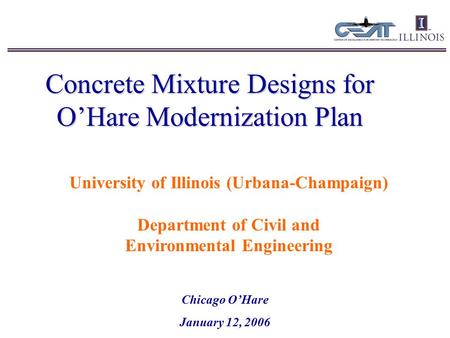
T = temperature drop to be expected during a 1-hour delivery time, deg F. The coarse and fine aggregates are entered separately. Temperatures and amount of free moisture on the aggregates were not used. Temperatures and the amount of free moisture on the aggregates were not used. Tw = temperature of added mixing water (deg F) Ta = temperature of coarse aggregate (deg F) Ts = temperature of fine aggregate (deg F) T = final temperature of concrete mixture (deg F) Tc = temperature of cement (deg F) The formulas used to determine concrete temperatures are shown below: This is why the formula has the summation of the weight of each material multiplied by the temperature and then multiplied by the specific heat of the material. Specific heat of both aggregates and cementitious materials is about 0.22. These formulas use the proportions and the related specific heat of each material to determine the overall concrete temperature. The American Concrete Institute (ACI) has developed formulas in ACI Committee Reports 305 and 306 to predict the temperature of fresh concrete. Or you can use by chilled water or ice.Īlthough there are several ways concrete temperatures can be controlled, the method used at most batch plants is to control the temperature of the water. In hot weather, the concrete temperature can be normally kept below 90 F by cooling the aggregate, usually by putting a sprinkler on the aggregate pile and allowing the evaporation process to cool the aggregates. They can heat the aggregate as some batch plants so that the aggregate will not freeze and restrict the flow through the bins/gates. In cold weather, the batch plant operators have a couple of options of how to maintain the concrete temperatures above 40 F. Thus, the batch plant must develop procedures on how to produce a concrete mixture within these temperature ranges. Specifications typically require that fresh concrete temperatures be maintained between 40 F and 90 F. Many times concrete must be placed in less than ideal weather conditions. To answer this question, we turned to Brian Walker LDP engineer at Pizzagalli Construction Co., and formerly a construction management senior at Southern Illinois University Edwardsville, and Luke Snell, professor of construction management and director of the Concrete Construction Resource Unit at Southern Illinois University Edwardsville. What advice do you have for producers like me who must figure how cool to make our aggregate in extreme weather conditions?


I am a concrete producer in the Upper Midwest and always must adjust my product for very hot weather conditions in the summer and cold temperatures in the winter.


 0 kommentar(er)
0 kommentar(er)
